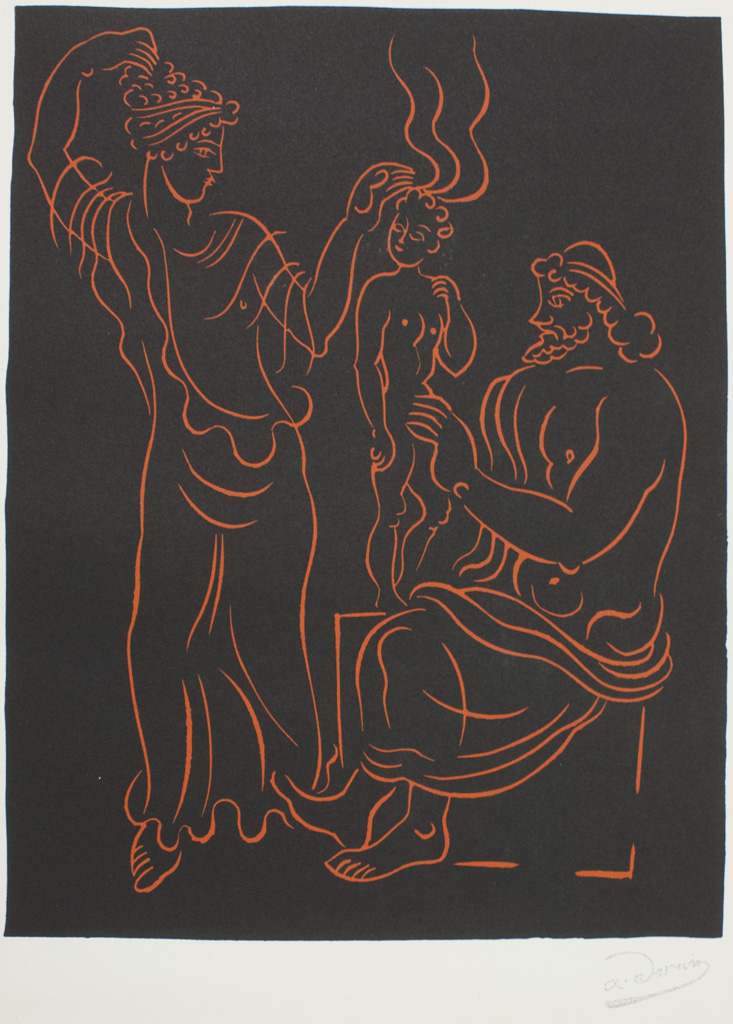It has been three weeks since the Levine Collection arrived at Bryn Mawr College Special Collections. This generous gift from Jacqueline and Howard Levine has been cause for great excitement among all the members of the Collection department, especially those who, like me have been fortunate enough to work directly with the newly arrived pieces of art. While delving into the trove of artworks and helping to organize and catalog them, I have had priceless experiences that have encouraged and catalyzed my passion in art history.
The Levines’ art collection consists hundreds of prints, thus providing me with the rare opportunity to study numerous prints in minute detail. As for my art historical training, I have been exposed to and focused on paintings and sculptures; there simply weren’t that many opportunities to concentrate on studying prints. In the process of cataloguing the Levine Collection, however, I could scrutinize many prints and thus absorb technical and historical knowledge that I was hardly aware I was lacking, and I could acquire theoretical knowledge through practical experience. Every day was as if I was visiting an artist’s studio.
Andre Derain
(Chatou, France, 1880-1954, Garches, France)
L’Enfant
Color Woodcut
11 1/4 in. x 8 3/4 in.
Gift of Jacqueline Koldin Levine ’46 and Howard H. Levine
This fortune to study prints closely also provided a discovery of new aspects of the artists whom I thought I knew well. Last week, I came across two prints by André Derain, a French Fauve I studied last spring in Paris. His works that I had seen were all paintings with fierce, vivid colors. However, his prints that I found in the Levine Collection showed hardly any of his well-known Fauve characteristics. This discovery of new facet of Derain’s art let me observe the artist anew and have a better sense of how his art had developed.
The intimate contact with each work of art is another gift I was given from the Levine Collection. Physical proximity to the artworks made my experiences with them profoundly personal; by handling and assessing a piece of art closely, I have an individual and lively conversation with it. Each encounter with a piece of art becomes unique due to this direct contact, and thus creates an intimate connection between me and the work. This is, without exception, a very emotionally powerful event.
The Levine Collection has provided me with a precious opportunity to learn about and to communicate with art. This good fortune has been a catalyst for my passion in what I have been studying and will be a great encouragement to continue my journey to become an art history scholar. I truly thank Jackie and Howard Levine, who made this wonderful gift to the Special Collections. I would also like to thank Marianne Weldon, Collections Manager for Art and Artifacts in Special Collections, and Brian Wallace, Curator/Academic Liaison for Art and Artifacts of Bryn Mawr College, who have helped me discover and further appreciate the treasures of this donation.

